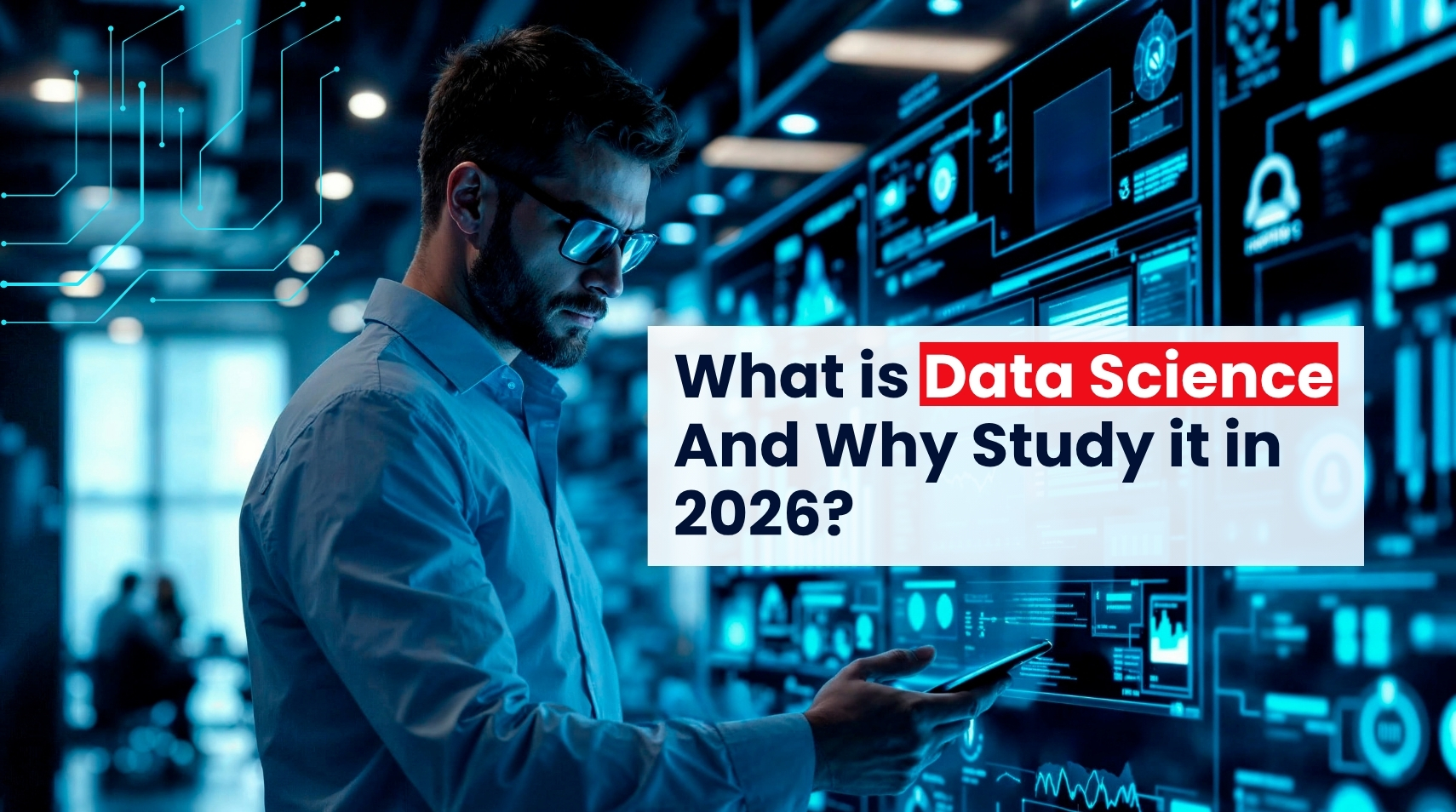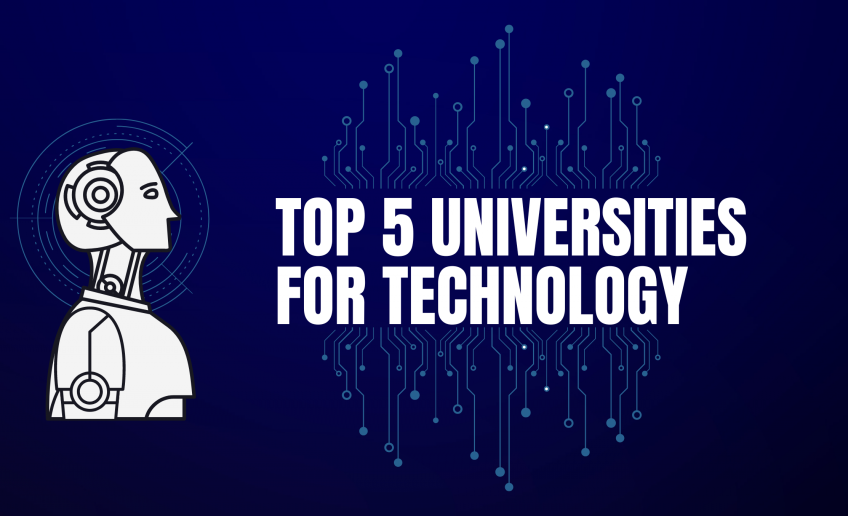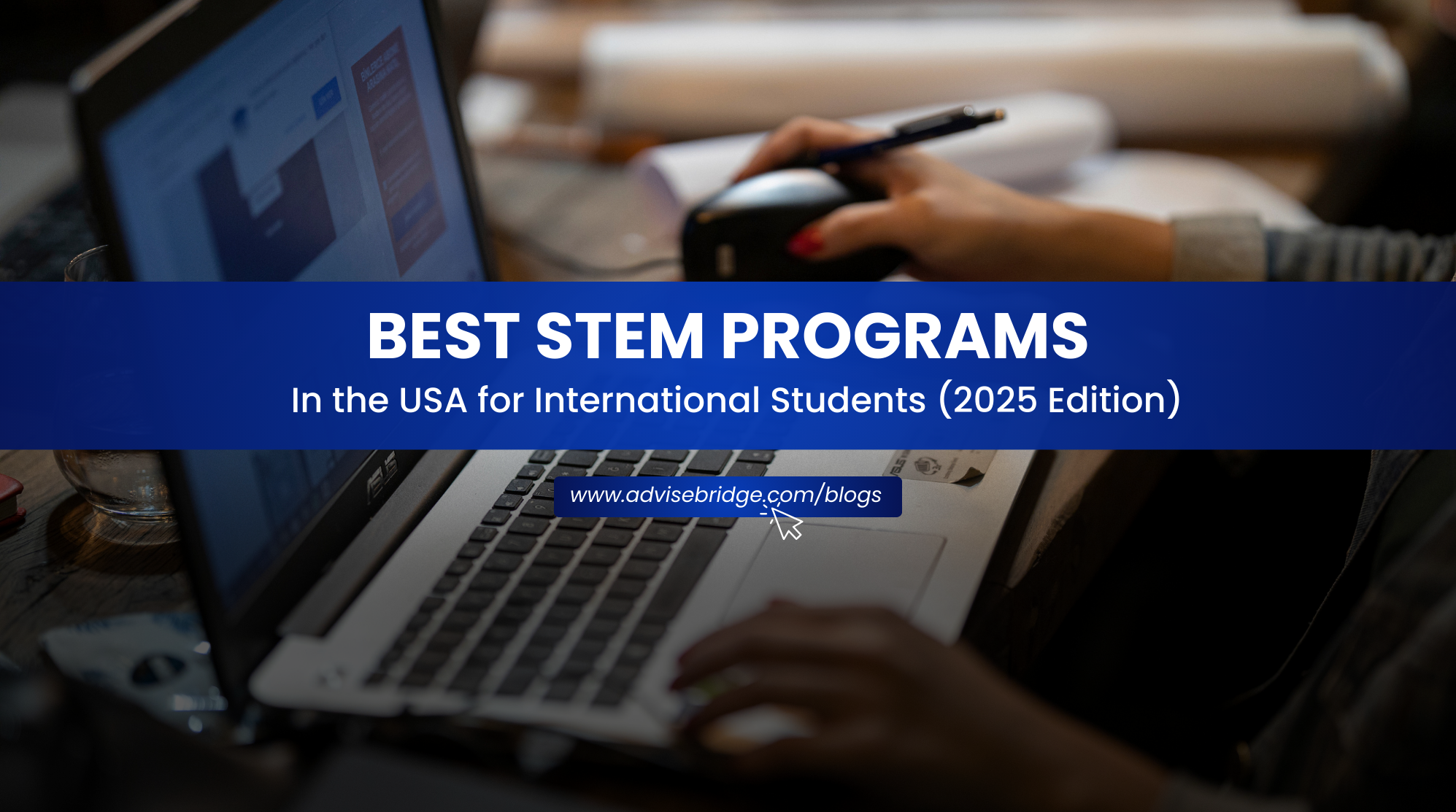So, you’ve probably heard the term "data science" thrown around. It’s a buzzword that pops up in boardrooms, on the news, and in job descriptions that promise some pretty serious salaries. But what does it actually mean?
What if I told you that one of the fastest-growing, highest-paid career paths in the USA is a field that most people can't clearly define? It’s a field that’s changing so fast, and the opportunities are getting bigger every single year.
Let's talk numbers for a second. Data science jobs are projected to grow by about 35% in the next decade, which makes it one of the hottest career paths in the American economy. And the salaries? The average total compensation can climb well over $170,000 a year for experienced pros. But what does a data scientist actually do all day? And why is 2026 the year to stop wondering and actually get started?
In this article, we're going to cut through the hype. We'll break down what data science is in a most simple language, what the day-to-day job looks like, and the key trends that make 2026 the perfect time to jump in. This is the straightforward explanation you've been looking for.
What is Data Science? (The Simple Definition)
Alright, let's demystify the term. For years, the best explanation has been a Venn diagram, and honestly, it still holds up. Imagine three circles overlapping.
One circle is Computer Science and Programming. This is all about your ability to write code, work with databases, and handle data on a massive scale.
The second circle is Math and Statistics. This is the analytical backbone—understanding probability, running experiments, and knowing if what you're seeing is a real pattern or just random noise.
The third circle, which is maybe the most important, is Domain Expertise. This is just deep knowledge of a specific field—it could be finance, healthcare, marketing, you name it. It's the context that turns all those numbers into a story.
Data Science is right there in the middle, where all three of those circles intersect. It’s the field of using programming, stats, and subject-matter knowledge to pull real, meaningful insights out of data. It’s not just about staring at numbers; it's about asking the right questions, finding the story hidden in the data, and then using that story to make smart decisions. It’s basically the engine behind how modern companies operate.
What Do Data Scientists Actually Do?
Okay, the definition makes sense. But what does that look like day-to-day? When a data scientist sits down at their computer, what's on their screen? The job usually follows a five-step process.
1. Define the problem and find the right data.
It all starts with a question. A healthcare data scientist might ask, Can we predict which patients are at risk of developing a certain condition? A logistics company might ask, How can we optimize delivery routes for cost and time? Framing a solvable question comes first — then the search for relevant data begins.
2. Clean and prepare the data.
This is the unglamorous but essential step. Real-world data is messy — full of missing values, duplicates, and odd formatting. Many data scientists spend up to 80% of their time cleaning and organizing data so it can actually be analyzed.
3. Explore and analyze.
This is where patterns start to emerge. Using statistics and visualization tools, data scientists dig into the numbers — charting trends, testing relationships, and uncovering anomalies.
4. Build models and make predictions.
Here’s where the real power kicks in. Using machine learning, data scientists build predictive models that learn from past data to forecast the future. It’s how Netflix recommends your next show, how banks detect fraud, and how retailers anticipate demand before it happens.
5. Communicate insights.
All the analysis in the world means nothing if no one understands it. The final step is translating findings into a clear, compelling story. That means dashboards, visual reports, and recommendations that guide real business decisions.
The Main Roles in the Data World
The title "data scientist" gets used as a catch-all, but the data world is really a team sport with a few key positions. If you're thinking about a career in Data Science and AI, you need to know the main players: the Data Analyst, the Data Engineer, and the Data Scientist.
Think of it like building a car.
Data Engineer
The Data Engineer is the one who builds the factory and the assembly line. They're the architects of the data infrastructure. They design and maintain the systems that collect and store huge amounts of data, making sure it’s ready for everyone else. Without them, no one has the raw materials to do their job.
Data Analyst
The Data Analyst is like the quality control inspector. They look at the finished cars—the existing data—to figure out what happened in the past. They answer questions like, "How many cars did we sell last quarter?" or "Which features were the most popular?" They are experts at pulling data and building dashboards to show what the historical trends are.
Data Scientist
The Data Scientist is the R&D and design expert. They use data to not only understand the past but to design the car of the future. They build predictive models to answer questions like, "What kind of car will people want to buy next year?" or "Which design change would make this car safer?" They use advanced stats and machine learning to forecast what’s coming next.
So while their focus is different, they all work together. The engineer builds the data pipes, the analyst reports on what’s flowing through them, and the scientist predicts what will flow through them next.
Why 2026 Would be the Year to Start (in the USA)?
So, why the spotlight on 2026? It’s because a few massive trends are hitting all at once, creating a perfect storm of opportunity, especially in the US.
First, the Explosion of Data and AI Integration. The amount of data being generated is just staggering. By 2026, it’s estimated the world will be creating around 180 zettabytes of data annually. Much of this comes from the Internet of Things—your smartwatch, your car, sensors in factories. All of that is just noise until a data scientist makes sense of it.
On top of that, new AI tools aren't replacing data scientists; they're making them better by automating the tedious parts of the job, freeing them up to focus on tougher, more strategic problems.
Second, the Unprecedented Demand and High Salaries. The U.S. Bureau of Labor Statistics projects that jobs for data scientists will grow by about 35% between 2022 and 2032—a rate that crushes the average for most other jobs. This isn't just a trend; it's a fundamental shift. And companies are paying up for this talent. While experienced data scientists in major cities can earn well over $170,000, entry-level salaries are also strong, often starting in the $90,000-$110,000 range.
Third, the Rise of Generative AI. Tools like ChatGPT have shown everyone what generative AI can do, and for data science, it’s a total game-changer. It’s opening up new ways to analyze data, create synthetic data for training models, and even help write code. Professionals who know how to use these new tools will have a huge advantage, and 2026 could be the year these tools are going from experimental to essential.
Fourth, Industry-Wide Adoption. Data science isn't just for Silicon Valley tech giants anymore. In the US, some of the biggest employers are now in finance, healthcare, and retail. Banks use it for fraud detection. Hospitals use it to predict patient outcomes. Retailers use it to optimize their entire supply chain. This means more jobs, more stability, and more chances to use your skills in a field you actually care about.
How to Get Started (A Mini-Roadmap)?
Hearing all that might sound like a lot, but getting started is more doable than you think. You don’t need a Ph.D. in math to get going. If you're serious about starting this journey in 2026, here's a simple roadmap.
Nail The Fundamentals
This means learning to code in Python, which is the undisputed king of data science, and SQL, the language for talking to databases. You don’t have to become a master coder overnight, but you need to be comfortable writing scripts to work with data. At the same time, brush up on your basic statistics and probability.
Master The Core Tools
Once you have some Python skills, focus on its main data science libraries. The two most important are Pandas, for cleaning and shaping data, and NumPy, for anything numerical. After that, pick up a visualization library like Matplotlib or Seaborn and practice turning data into clean, insightful charts.
Start Learning Machine Learning Concepts
You don’t need to invent new algorithms, but you need to understand how the main ones work. Start with core models like Linear Regression, Logistic Regression, and Decision Trees. Then, maybe explore some unsupervised techniques like clustering. The goal is to know what kind of problem each model solves and how to use it with a library like Scikit-learn.
Finally, Build Real Projects
Theory is one thing, but applying it is everything. Don't get stuck in "tutorial hell," where you're just watching videos without building anything.
Find a dataset you're actually curious about—sports, movies, finance, whatever—and just try to analyze it. Clean it, visualize it, and maybe build a simple model. Put your work on GitHub. A portfolio with 2-3 solid projects will say way more to an employer than a long list of online courses.
Final Thoughts
So, what is data science? It’s the art and science of turning raw data into insight, prediction, and action. And why 2026? Because the demand has never been higher, the pay is incredibly competitive, and the tools you have access to are more powerful than ever.
The road to becoming a data scientist is a marathon, not a sprint. It takes curiosity and a real passion for solving problems. But for anyone willing to start that journey, it’s one of the most rewarding and impactful careers you can have today. The opportunity is right there. Now is the time to take it.
If you are looking to start your journey in Data Science, we can help you decide which university would be fit for you. Connect with us at inquiry@advisebridge.com and we will guide you step-by-step from application submission to getting your visa.







